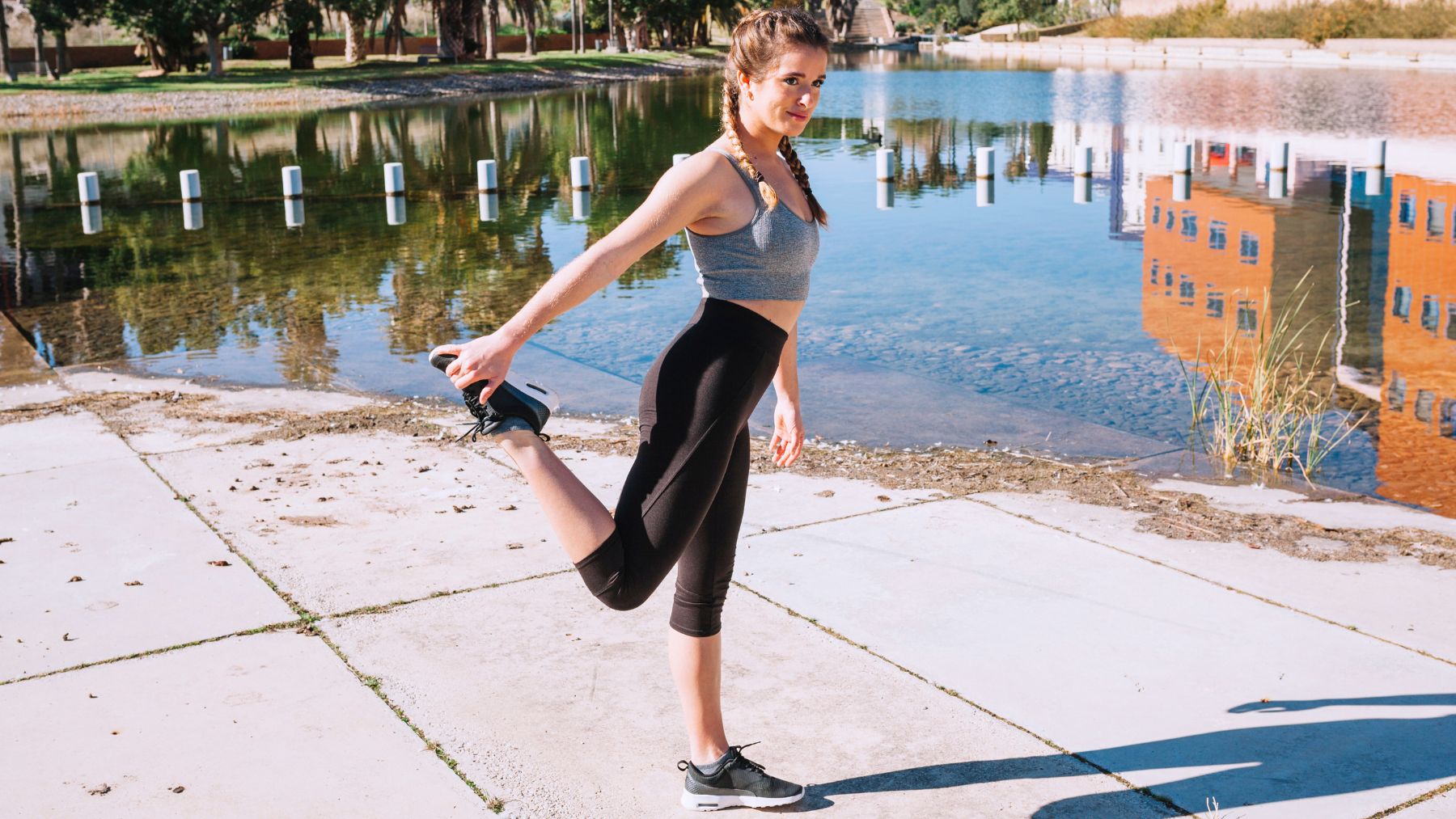With the right adjustments, walking can be as effective as a workout at the gym. Small changes in pace, terrain, and technique can increase calorie burn, strengthen muscles, and even sharpen focus.
Fitness professionals say that a daily walk doesn’t just support heart health and weight management—it can also improve posture, energy, and mental clarity. Let’s look at some expert-approved strategies to make walking work harder for your body and mind.
How to turn walking into a workout
Experts like Jeff Cherubini, PhD, and personal trainer Amanda Katz explain that the benefits multiply when you treat walking like structured training. Their advice centers on adjusting intensity, frequency, and environment so that each walk challenges your muscles and cardiovascular system in different ways. Here are their recommendations.
1. Boost your pace
One of the easiest ways to elevate a walk is by increasing speed. Michele Stanten, ACE-certified fitness instructor, recommends alternating between brisk and normal pacing to raise your heart rate while still keeping the movement sustainable.
Known as interval walking, this approach conditions the cardiovascular system and helps burn more calories in less time. A faster pace also challenges breathing and improves endurance without requiring a longer route.
2. Add a weighted vest
For those looking to build strength while walking, using a weighted vest can be a good option. Unlike ankle or wrist weights, a vest distributes the load evenly across the torso, encouraging better posture and core activation. Even a light vest—about 5 to 10% of body weight—forces the muscles of the back, legs, and abdomen to work harder.
3. Take the hills
Amanda Katz points out that walking uphill activates the posterior chain—the glutes, hamstrings, and calves—far more than flat ground. At the same time, walking downhill trains the quads as they work to stabilize your body. Adding inclines, whether outdoors or on a treadmill, turns walking into resistance training for the lower body while also demanding more from the heart and lungs.
4. Match your walk to your needs
Not every walk needs to be focused on speed or intensity. Physical therapist Nicole Haas encourages people to adjust their walks based on mood and purpose. That could mean choosing a quiet path in nature for stress relief, walking with a friend for social connection, or listening to music for motivation. This flexibility keeps walking enjoyable, which increases consistency over time.
5. Break it up throughout the day
Long walks aren’t the only way to gain benefits. Keith Diaz, PhD, found in his research that short walking breaks throughout the day improve blood sugar control, lower blood pressure, and reduce mental fatigue. Just five minutes of movement every half-hour can reset energy levels and focus. These walking bursts may be slow, but the cumulative effects add up, making frequent movement as important as total distance.
Turning your walks into a workout
When experts say walking can rival a gym workout, they aren’t exaggerating. By mixing pace, terrain, resistance, frequency, and intention, you transform a routine stroll into a powerful tool for fitness and mental health. What matters most is finding a balance between challenge and enjoyment so the habit sticks.

